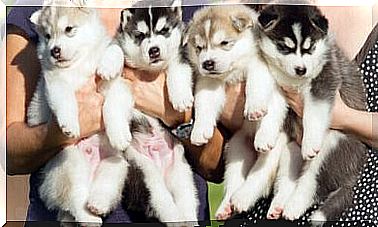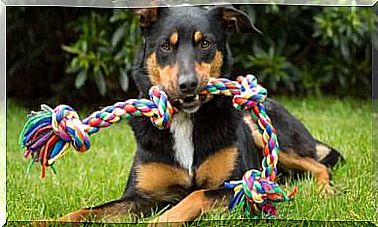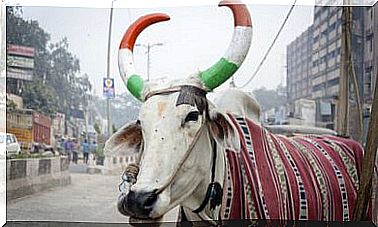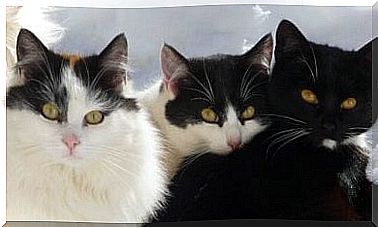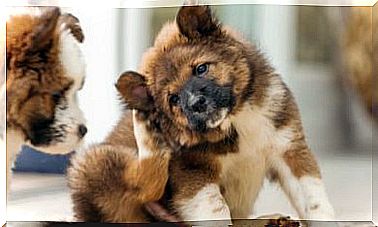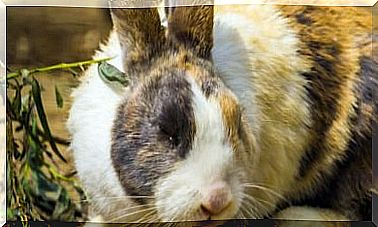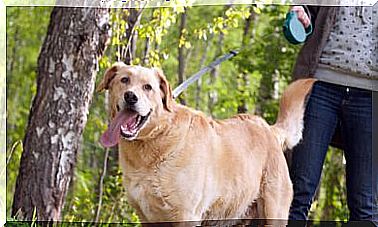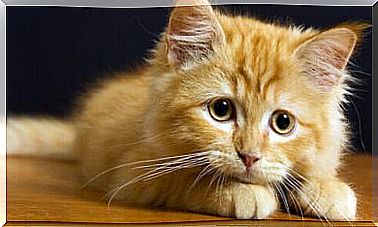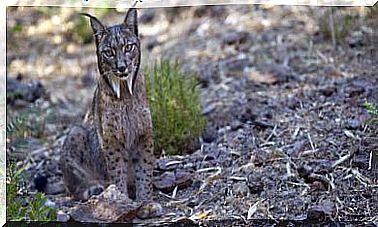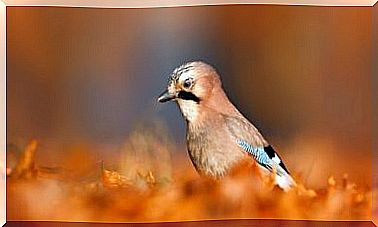Dog Breeds From Germany
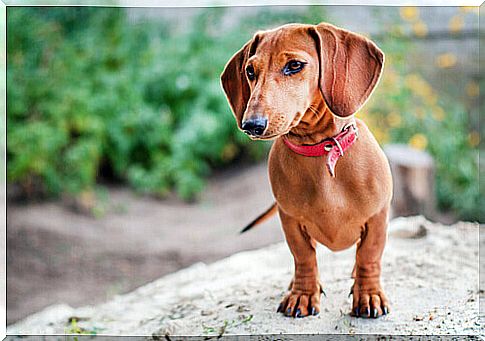
The Bavarian lands are one of the most prolific in terms of dog breeding. There are about 40 dog breeds in Germany, and many of them have been taken to different parts of the world where they are very popular. In this article, we’ll tell you what they are.
What are the dogs of Germany?
Since there are many canines that have emerged in this country, let’s tell you which ones are best known internationally:
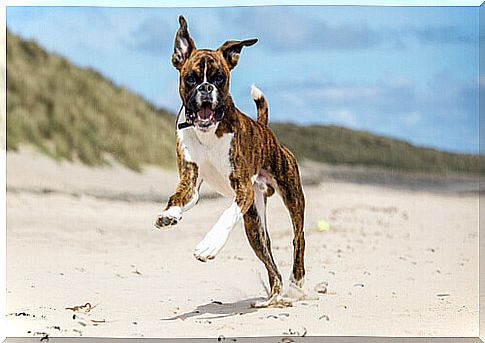
-
Boxer
It is a breed created for work, but is currently chosen for company. The Boxer is of the molosso type, is medium in size and does not bark much. It has a strong jaw, flat black snout, large pointed ears, short shiny coat (brown, white or brindle background). About his temperament, he is active, faithful, vigilant, dominant and a little territorial.
-
Weimaraner
It is a breed of dog from Germany of the collector type, with short but thick fur, which protects it from humidity. It is easy to train, is used as a guardian and is named after the Duke of Salonia-Weimar-Elsenach.
One of their main characteristics is the color of their eyes, which changes over time: when they are born, they are blue, then turquoise and, finally, they turn to honey. The Weimaraner has large ears, a large snout and a mantle of different shades of gray.
-
Doberman
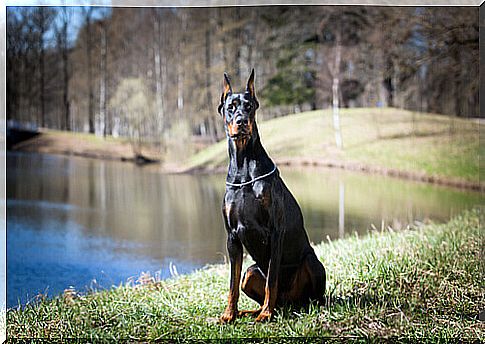
It is one of the “newer” breeds, as it emerged at the end of the 19th century. The Dobermann was created to help tax collectors put pressure on debtors and frighten potential burglars (due to its aggressive appearance). The father of these dogs had this profession and worked in the Thuringia area, in the center of the country. This animal has a square, muscular body, a short tail and pointed ears. The fur is hard and smooth, mainly black or brown.
-
Dachshund
The popular “sausage” is one of Germany’s most famous dog breeds. Its particular physiognomy of short legs and long body is due to a mutation called Bassetism, which also affects the Basset Hound, for example. Other physical characteristics of the Dachshund are the muzzle, tail and large ears. It may have short, long or stiff hair. It is an affectionate, playful, sociable animal that suffers a lot from loneliness.
-
Great Dane
The Great Dane is the biggest dog that exists (that’s why it’s called Apollo). His walk and movement are often clumsy. He is very affectionate, friendly and a little shy. It requires a lot of care, for example, to avoid gastric problems and, in addition, to eat. It can have a coat of five colors: brindle, harlequin, brindle, black and blue.
-
German Shepherd
It is one of the most famous herding breeds in the world. Its origins date back to the year 1899 and its purpose was to take care of flocks of sheep. Due to his intelligence, strength and obedience, he later became one of those chosen as a police or rescue dog. Usually suffers from hip dysplasia and needs a lot of exercise.
-
German Pinscher
Medium size, strong musculature, thin head, large snout and medium ears (slightly tucked), the German Pinscher is an active dog, vigilant, attentive and suspicious of strangers. Your dominant character makes you the leader of the herd when there are other pets in the house. It has short, straight fur and needs a lot of daily exercise.
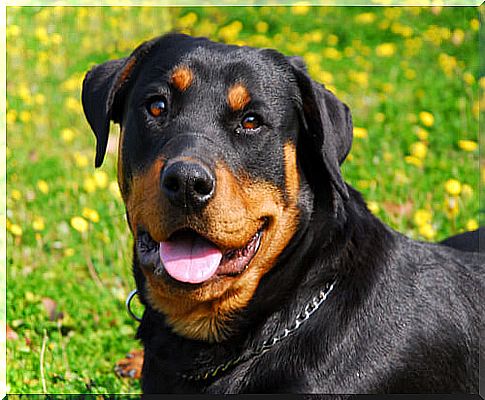
-
rottweiler
It is of the molosso type and originated in the Roman Empire, although later the breed changed its appearance due to its uses: herding cattle and even pulling cars, before the appearance of trains. Large, the Rottweiler is robust, with large extremities and head and black with brown fur. About his temperament, he has good character, is calm, obedient and docile.
-
Schnauzer
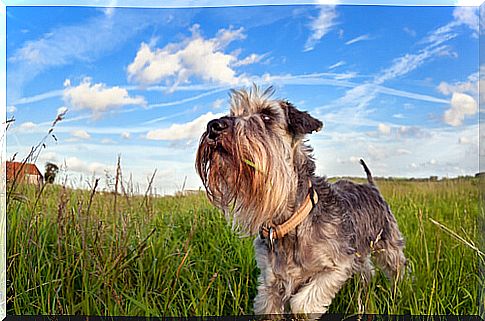
Another of Germany’s dog breeds with a fascinating history. In this case, it appeared in the 15th century, in Wurtemberg, and its name comes from the word “moustache”, because it has more hair on its muzzle than other dogs. They are used to chase and hunt, as they have a highly developed sense of smell. It is a very affectionate and amiable dog that adapts to family life without any problems.
